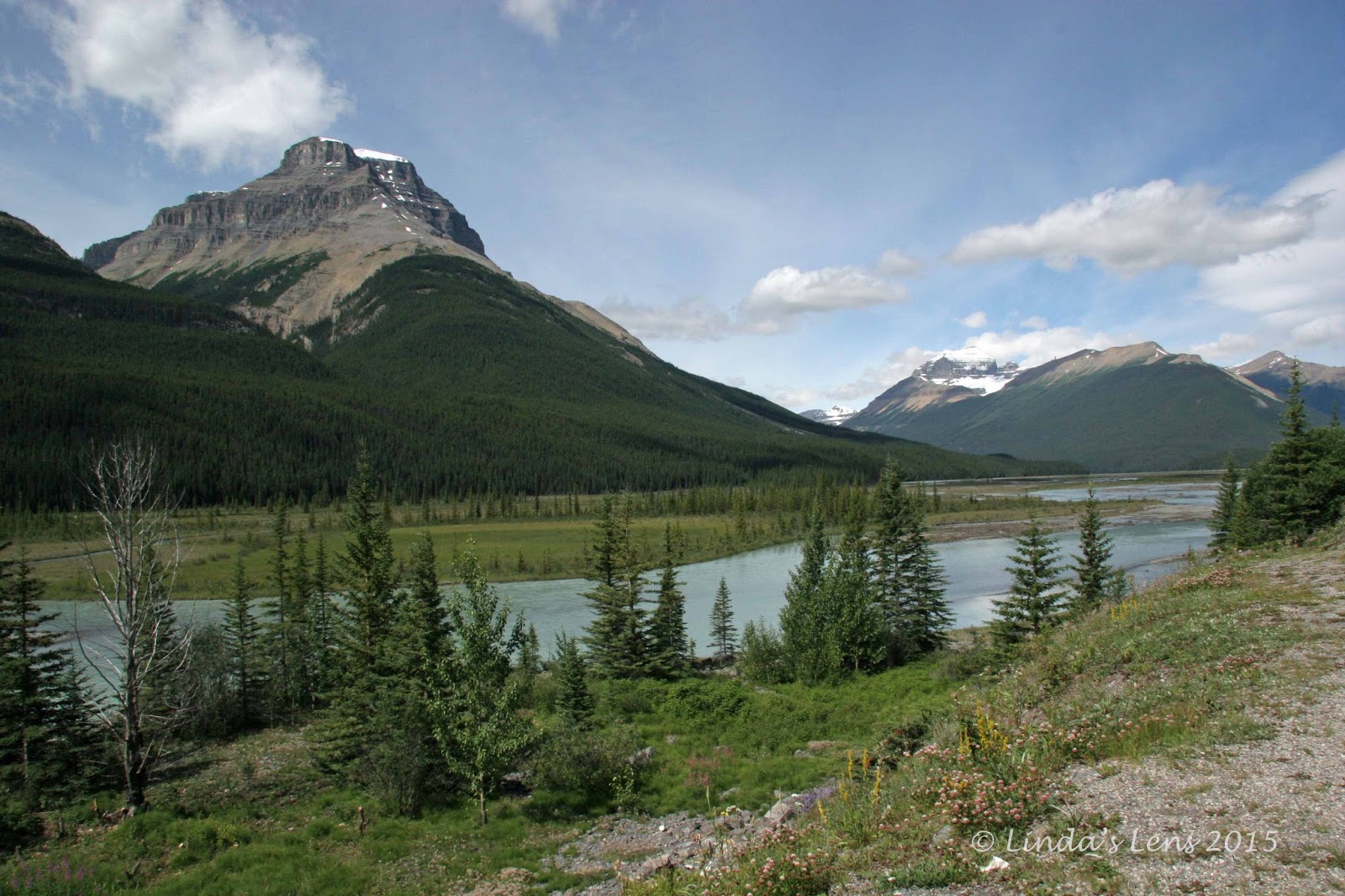 |
| Looking across the Columbia River to Washington |
Normally on the mountain this time of year, I never visit the ocean beaches. But still barred from skiing, in early January, I set my sights westward. It all started with an excellent New Year's Day afternoon at Cannon Beach. That trip whetted my appetite for further exploration.
 |
| Seagulls in flight |
The following weekend, I convinced my hubby to join me for another coastal excursion. Having spent most of the fall salmon season fishing at the mouth of the Columbia River, Roger wanted to show me his favorite lucky spots. We headed to Fort Stevens State Park, on Oregon's north-westernmost tip.
 |
| One is more friendly than the others |
It was a dismal, rainy day. The minute we left home, dark clouds opened up, and continued to follow us most of the drive. Arriving at Fort Stevens, Roger picked the furthest road west, where vehicles were allowed to drive onto the beach. It was nice to explore the shoreline from the comfort of our truck. With raindrops still pelting the windows, I didn't venture far from it's warm, dry interior.
 |
| Squabbling over stale popcorn |
Drab, low-lying clouds obscured most views. Across the Columbia River's wide channel, I could glimpse Washington's Cape Disappointment. The Astoria Bridge was barely visible through the fog (if you look real hard you can kinda see it on the far right of my first photo). A lone fisherman's boat bobbed in the waves.
 |
| I caught one guy in flight |
A huge flock of seagulls provided some afternoon entertainment. They were gathered near the water's edge, all lined up in rows. Venturing closer to get some photos, I disturbed a huge flock, and had fun trying to capture them in flight. Roger found a bag of stale caramel corn in his truck, and trying to attract the gulls, scattered it across the sand. The birds came in droves! Being a lazy photographer, I stuck my lens out an open window, and got some great shots of seagulls fighting over the loot.
 |
| Jetty overlook |
After several minutes of seagull-watching, it was time for a change of scenery. Back on Fort Steven's main road, Roger turned down another side road to see where it led. We came upon a parking lot next to a huge jetty. A short trail led to an elevated viewing platform.
 |
| Where the Pacific and Columbia meet |
What could we see from on top? Of course Roger and I had to find out. Grabbing both my DSLR and GoPro cameras, I scrambled after my hubby. The platform gave a wonderful panoramic view of the very place where the Pacific Ocean meets the mighty Columbia River.
 |
| Wild waves |
A tall jetty stretched far into the horizon, providing protection for ships as they entered or exited the Columbia Bar. This is an especially treacherous part of the ocean, earning it's nickname as the "Graveyard of the Pacific" for the large number of shipwrecks that have happened over the centuries.
We had a grand time watching waves crash into the jetty's rock-lined shore. I tried out my new GoPro camera, and captured a bit of wave action. Check out the short video above. I was pleasantly surprised by the sharpness of this footage, despite being shot in such dark, gloomy skies.
 |
| Peter Iredale shipwreck |
Speaking of shipwrecks......there was one final attraction I wanted to see. One of Fort Steven's beaches bears the rusting remains of an old sailing ship - the Peter Iredale.
 |
| The ship's hull is nearly rotted away |
It took some searching down the state park's many side roads to locate the correct beach. We'd almost given up, when I spotted a small sign that said simply "shipwreck" with an arrow pointing down a road. Following it to the end led us to a waterlogged parking area.
 |
| Water rushing through the hull |
Climbing to the top of a sandy dune, I spotted what was left of the ship. Only it's rotting hull still visible, the rest of the ship had long weathered away, blasted by harsh winds and ocean waves.
 |
| Rusted remains |
The Peter Iredale ran aground on October 25, 1906. It had sailed from Mexico, bound for Portland, with a crew of 27, including two stowaways. As the ship waited for a pilot to guide them across the Columbia Bar, a strong wind blew it into the breakers. The Iredale ran aground, hitting so hard that three of her masts snapped from the impact. Luckily, no one was seriously injured, and the crew were quickly rescued.
 |
| Tiny shorebirds |
Since that day, the Iredale has remained stuck in the sand. An immediate tourist attraction, crowds of people flocked to the beach to view it's wreckage. Over a century later, these rusted remains continue to draw many visitors. A picturesque bit of history, it's an often-photographed landmark. I walked around the beach, snapping photos of the rusting shell from all angles, until heavy rain, and an aching foot, forced me back to Roger's truck.
 |
| Shipwreck reflections |
Although the weather was less than cooperative, it was still great to get away and see some new sights. Oceans, beaches, rivers, waves, seagulls, and shipwrecks. My coastal itch was satisfied - at least for another week!
(Note to my readers:. I like to make leaving a comment as easy as possible, but two spam attacks in as many days has forced me to activate comment moderation. Sorry for the inconvenience.)
Sharing with: 52 Photos Project and Saturday's Critters












































